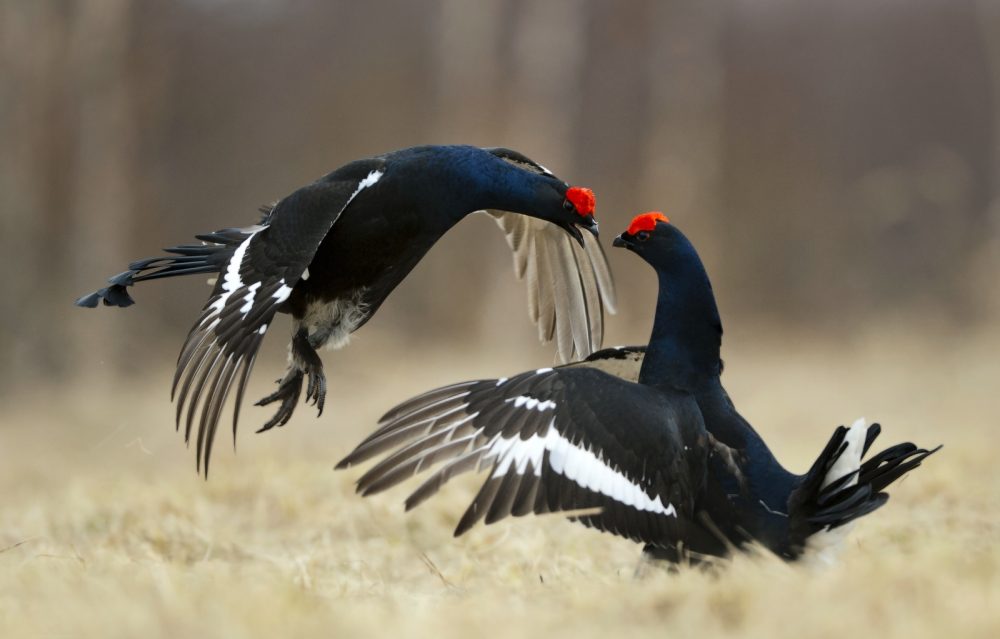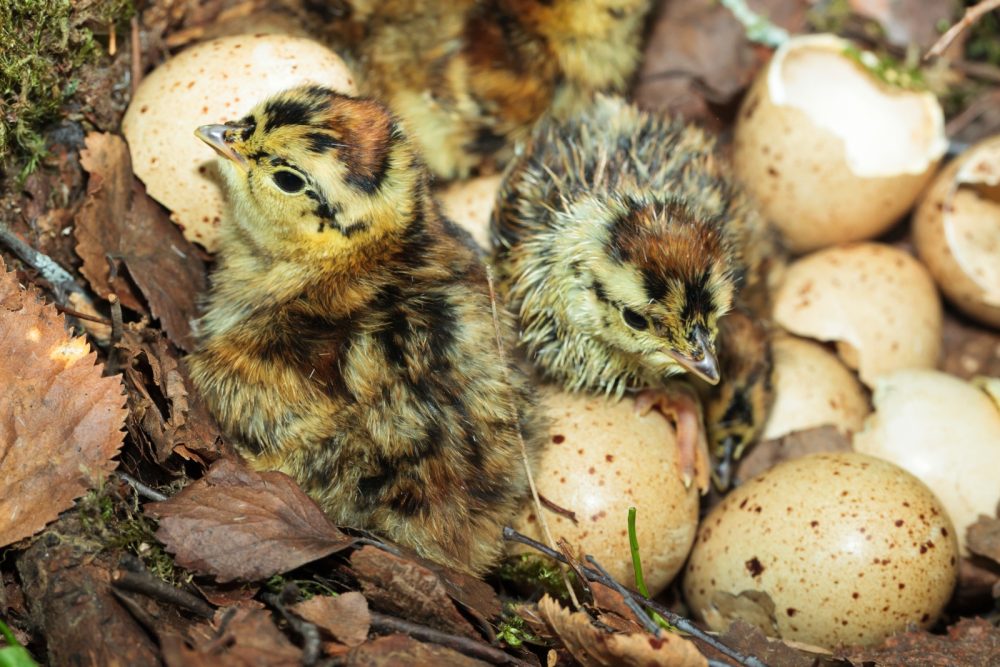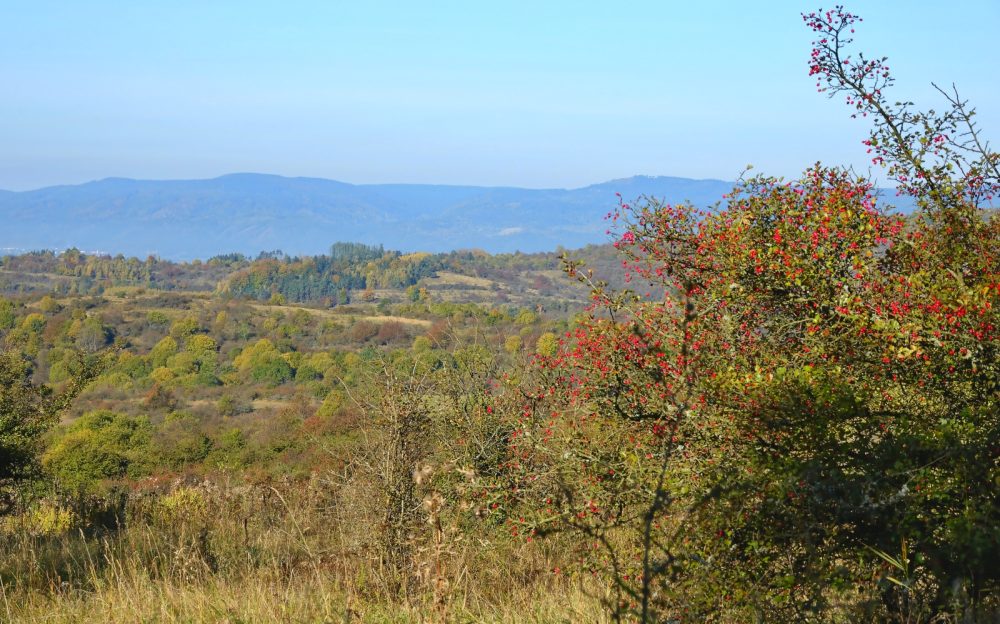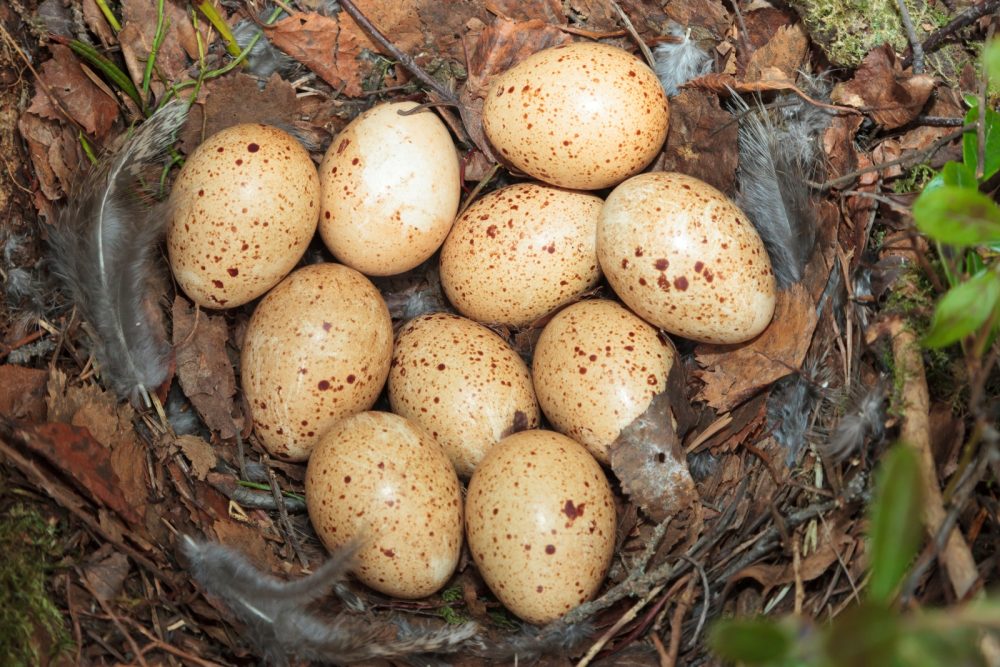How to support the viability of black grouse populations in the Czech Republic
The number of black grouse in the Czech Republic has been decreasing significantly for a long time. This trend is caused by many factors, including a decrease in nesting success, an increase in the mortality of young and adult individuals, negative changes in the nature of habitats, an increase in the populations of native and non-native predators, tourism, the effects of global climate change and other influences. One of the most important factors is the gradual disappearance of suitable biotopes in our site conditions. The black grouse is classified as a highly endangered species.
 Photo: Black grouse duel, copyright: https://cz.123rf.com/profile_surz
Photo: Black grouse duel, copyright: https://cz.123rf.com/profile_surz
Site conditions are gradually being modified in selected areas with the presence of black grouse in the Czech Republic. But, these changes are very gradual and local, and their potential impact on black grouse abundance will be observed only after a considerable time lag. In some areas, these positive and targeted modifications of biotopes may be implemented too late.
Thus, situations may arise when it is no longer possible to reverse the downward trend of the decreasing abundance of black grouse in separate subpopulations. Therefore, it is absolutely necessary to implement these management measures without unnecessary delays in order to preserve this highly endangered species in Czech nature for future generations.
Black grouse research is being carried out by research scientists from FGMRI (VÚLHM, v. v. i.). They have prepared a practical publication Methodology for forest ecosystems improvement in relation to supporting of black grouse populations (Metodika úprav lesních ekosystémů ve vztahu k podpoře populací tetřívka obecného.
 Photo: Králický Sněžník, author Jan Řezáč
Photo: Králický Sněžník, author Jan Řezáč
The methodology was developed as part of the solution to the project “Model for conservation and development of biodiversity of grouse habitats and populations in the area of Králický Sněžník” („Model zachování a rozvoje biodiverzity stanovišť a populací tetřevovitých v oblasti Králického Sněžníku“ (Technology Agency of the Czech Republic, No. TH04030524).
A decline in the number of black grouse has been observed in Western Europe since the middle of the 19th century. This trend continues on a large part of its site areal till now. A significant acceleration of the decline has been documented since the 1970s. The species has practically disappeared from a number of countries (e.g. Denmark).
The permanent decline correlates with the shrinking of the inhabited area in the south, west and central Europe and accelerates the extinction of isolated populations. In recent decades, the black grouse population decline is beginning to show even in the Nordic countries, in which the population was previously stable.
The total number of black grouse in Europe (excluding Russia) has been estimated at 450,000–800,000 pairs, of which 80% are in Scandinavia. In the Czech Republic the total number there was estimated at 2500–4500 cocks in the years 1973–1977; while in the period 1985–1989 it was at 1100–2200 and in 2000 at 1000 cocks.
The black grouse population in the Czech Republic is isolated from other populations found in Central Europe, and the individual populations in the mountain ranges are relatively small. In 2010, 692 black grouses were reported on the territory of the Czech Republic, and in 2021, the number of individuals of black grouse is reported to be 504.
 Photo: Black grouse chickens, copyright: https://cz.123rf.com/profile_ornitolog82
Photo: Black grouse chickens, copyright: https://cz.123rf.com/profile_ornitolog82
The generally known reasons for the decline in black grouse numbers include the loss of suitable habitats, which in the past was mainly caused by the drying up of originally suitable areas, the extraction of peatlands, the plowing of meadows, the afforestation of valuable forestless areas, the increase in agricultural management intensification associated with the excessive use of plant protection substances and fertilizers.
The forestry sector is undergoing fundamental changes, in which there is a noticeable increase in the intensification of management, which does not benefit forest chickens, in general.
Overgrowth of previously open areas is also caused by overall air pollution, including excessive nitrogen input into the environment, which negatively affects ecosystems through the aggressive growth of competitively strong grasses at the expense of species suitable for black grouse, such as cranberries.
A significant factor is the growing number of tourist and recreational activities. A negative role is also played by the high levels of predators, especially red foxes, martens, ravens and wild boars.
The recommendations of the scientists, summarized in the developed methodology, aim at the implementation of modifications of the forest environment in places with a surviving fragmented population of black grouse in the territory of the Czech Republic. The measures are designed in a comprehensive way to include the majority of factors affecting the survival of black grouse, both chicks and adult and subadult individuals.
 Photo: typical landscape of the Doupovské hory Mts., suitable habitat for black grouse, FGMRI (VÚLHM) archive
Photo: typical landscape of the Doupovské hory Mts., suitable habitat for black grouse, FGMRI (VÚLHM) archive
The long-term downward trend of the black grouse’s abundance suggests that, unless corrected, we can expect its retreat from our territory in the next few decades. We are therefore at a point that may mean a turning point and the possible preservation or irreversible disappearance of this jewel of our nature.
Therefore, methodology describes the individual reasons of the decline of the black grouse, to which it responds with specific forestry and hunting management measures, including other aspects of nature conservation.
The proposals are described in the broadest possible terms, which, if implemented, will have an impact not only on the black grouse population, but on the overall biodiversity of mountain and foothill habitats.
The presented methodology, focused on the management possibilities of forest ecosystems in relation to the support and stabilization of the remaining populations of black grouse, it is unique in its concept, which combines knowledge from the field of research and offers their possible application in practice.
 Photo: Nest of the black grouse, copyright: https://cz.123rf.com/profile_ornitolog82
Photo: Nest of the black grouse, copyright: https://cz.123rf.com/profile_ornitolog82
As for the processing of forest environment modification options itself, it is divided according to the habitat requirements of the black grouse during the year, which change in different seasons.
Researchers emphasize habitat management in relation to the course of lekking, subsequent fledging and survival of chicks, which proves to be a crucial factor in the sustainability of fragmented subpopulations.
Only the targeted management of all the mentioned factors can ensure the preservation of the black grouse in our nature and prevent its complete disappearance in the long term.
The methodology was developed in the frame of the project “Model for conservation and development of biodiversity of grouse habitats and populations in the area of Králický Sněžník” („Model zachování a rozvoje biodiverzity stanovišť a populací tetřevovitých v oblasti Králického Sněžníku“, which has been supported by the Technology Agency of the Czech Republic (TH04030524).
Publication Methodology for forest ecosystems improvement in relation to supporting of black grouse populations (Metodika úprav lesních ekosystémů ve vztahu k podpoře populací tetřívka obecného) can be downloaded here.
Authors of methodology: Ing. Jan Cukor, Ph.D., Ing. František Havránek, CSc., Ing. Lucie Hambálková, Ing. Zdeněk Vacek, Ph.D., prof. RNDr. Stanislav Vacek, DrSc., e-mail: cukor@vulhm.cz
Prepared by: Ing. Jan Řezáč, FGMRI (VÚLHM, v. v. i.), e-mail: rezac@vulhm.cz
